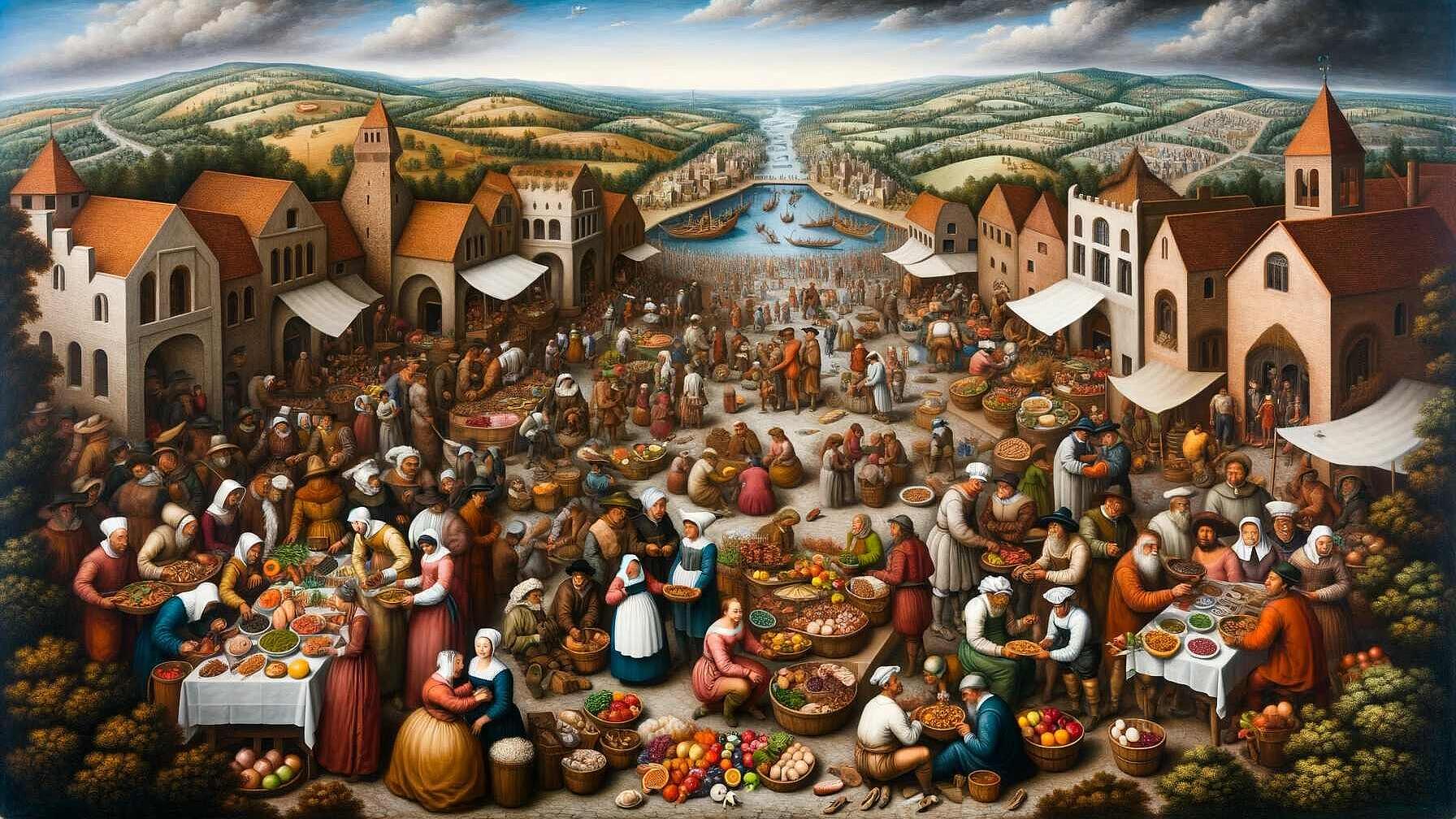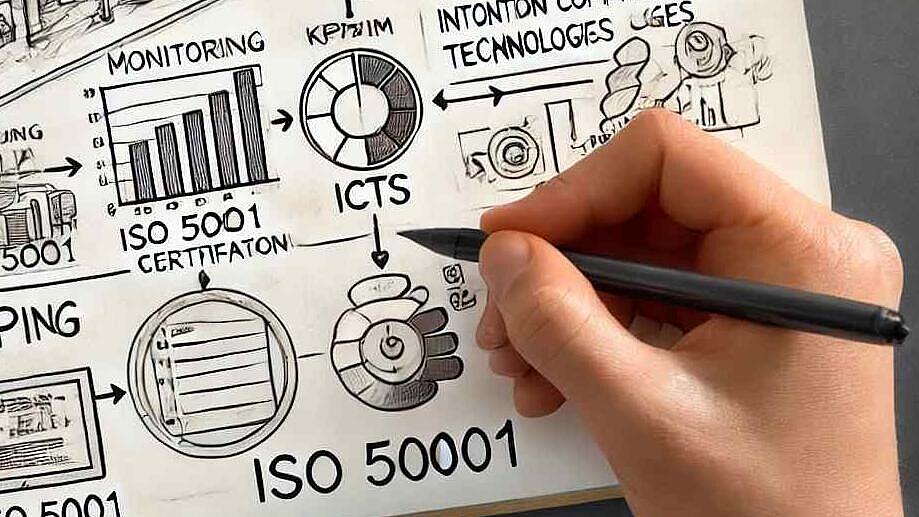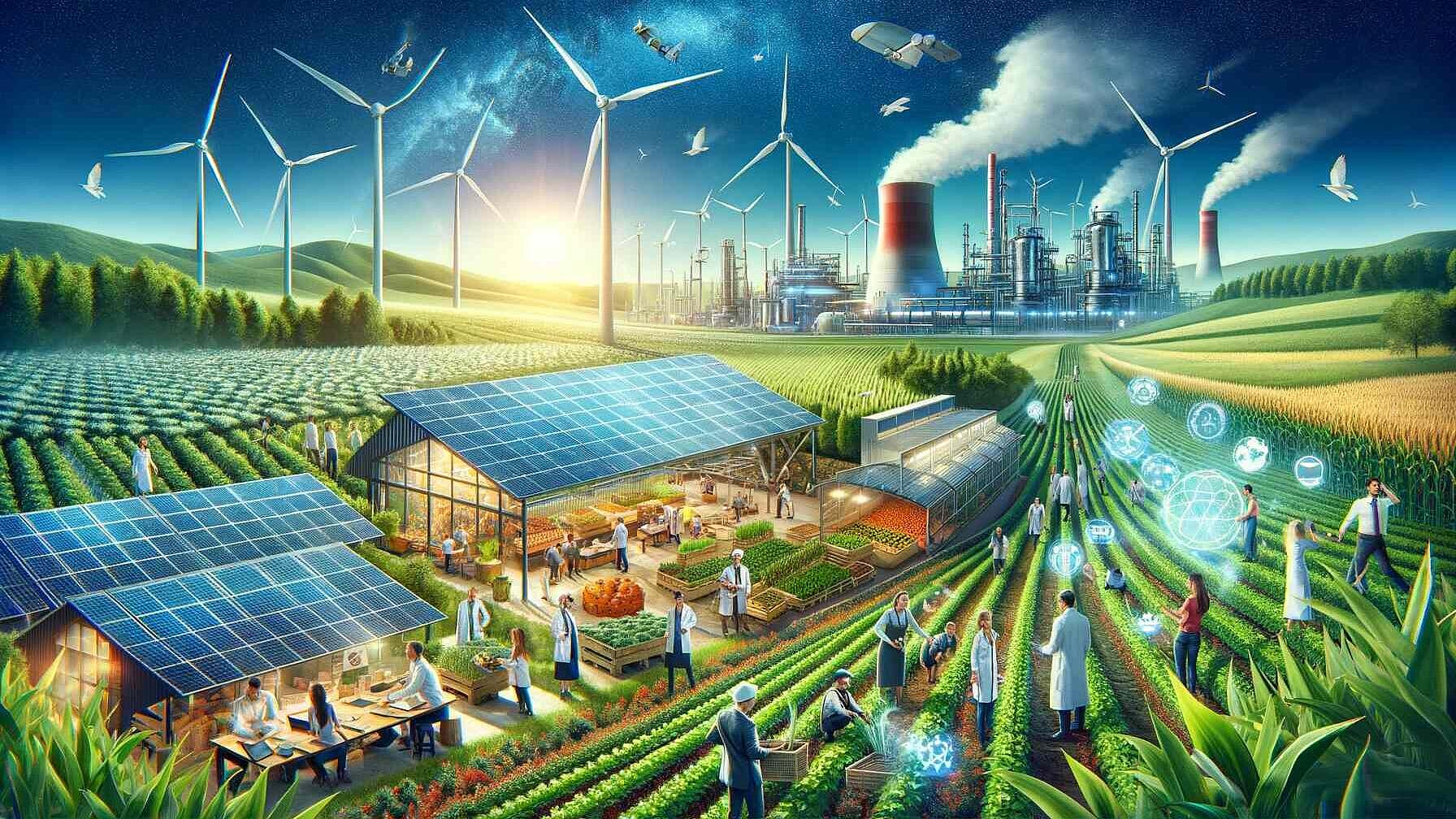 Energy Efficiency
Energy EfficiencyNavigating the Global Food Value Chain: Challenges and Opportunities for the 21st Century
Summary
The paper discusses the complexities of the food value chain, which is a network of actors ranging from farmers to consumers, all involved in the journey from food production to consumption. It emphasizes the importance of collaboration among stakeholders in addressing the increasing global demand for food due to population growth and changing dietary preferences. The projected population rise to over 10 billion by the century's end is especially challenging given the shift towards more resource-intensive diets like meat and dairy. Innovations in agricultural technology, such as genetic modification and precision farming, are key to increasing food production while mediating debates concerning health, safety, and sustainability. The paper also highlights changing market dynamics with a growing consumer focus on health, sustainability, and the origins of food. This has led to strategic responses in the food value chain, including local sourcing, organic production, and sustainable practices, as food producers and distributors adapt to these evolving consumer preferences.
Open full article
Navigating the Global Food Value Chain: Challenges and Opportunities for the 21st Century
Understanding the Food Value Chain
The food value chain comprises a complex network of stakeholders involved in the production, processing, distribution, and consumption of food. This network spans from the farm to the consumer's table and includes farmers, processors, distributors, retailers, and regulatory bodies. Collaboration among these stakeholders is essential to address the increasing global demand for food, driven by population growth and changing dietary preferences.
The Impact of Population Growth on Food Supply
As the global population is projected to surpass 10 billion by the end of the century, the demand for food, particularly resource-intensive types like meat and dairy, is expected to escalate. This surge poses significant challenges to food production and distribution systems, particularly in emerging markets where rapid industrialization and urbanization are transforming dietary habits. The shift towards more resource-intensive diets necessitates innovations in farming and distribution to sustainably meet global food demands.
Technological Innovations and Sustainability in Agriculture
In response to the growing food demand, there has been significant advancement in agricultural technologies, including genetic modification and precision farming. However, these technologies often spark debate regarding their impact on health, safety, and environmental sustainability. The global agricultural sector faces the dual challenge of increasing productivity while reducing the environmental footprint of farming practices.
Strategic Responses to Changing Market Dynamics
The global food value chain is also experiencing a shift in market dynamics, characterized by an increased focus on health-conscious consumption and sustainability. Consumers in developed markets are particularly concerned about the origins and nutritional content of their food. This shift is influencing food production and distribution strategies, with a growing emphasis on local sourcing, organic produce, and sustainable practices.
To read the full document, please check here.
To learn more about why this is important for the EENOVA project, please check here.



